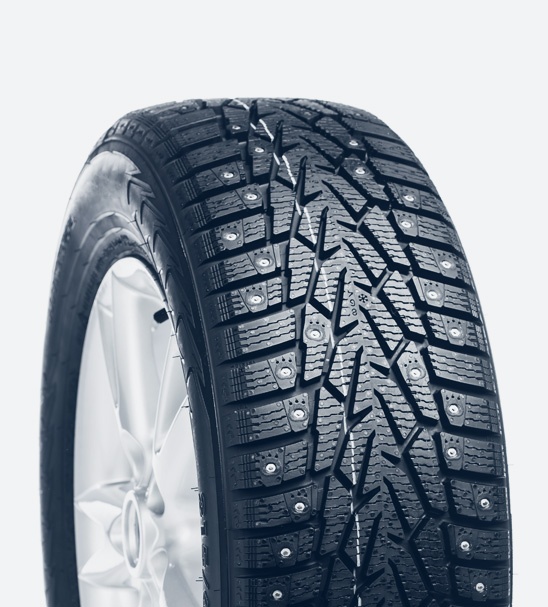transmission right axle seal
Understanding the Importance of Right Axle Seal in Transmission Systems
The transmission system of a vehicle is a complex assembly of components that work together to transfer power from the engine to the wheels. Among these components, one crucial yet often overlooked part is the axle seal, specifically the right axle seal. The right axle seal plays a significant role in maintaining the performance and longevity of the transmission system, and understanding its function can be invaluable for vehicle owners and mechanics alike.
What is the Right Axle Seal?
The right axle seal is a component that sits at the junction where the axle enters the transmission case. Its primary function is to prevent the leakage of transmission fluid, which is vital for lubricating and cooling various parts of the transmission. The seal is made of durable materials such as rubber or silicone, which allow it to withstand the high temperatures and pressures typically found in a functioning transmission system.
Importance of the Right Axle Seal
1. Fluid Retention The most critical role of the right axle seal is to retain transmission fluid. Proper fluid levels are essential for the optimal functioning of the transmission. A leak due to a damaged seal can lead to insufficient lubrication, resulting in increased friction and wear on internal components.
2. Preventing Contaminants The seal also acts as a barrier against contaminants such as dirt, water, and debris. If these particles enter the transmission, they can cause serious damage to the gears and bearings, leading to costly repairs or replacements.
3. Maintaining Pressure The right axle seal helps maintain the hydraulic pressure needed for the proper functioning of automatic transmissions. Low pressure can result in poor performance, slipping gears, or even complete transmission failure.
transmission right axle seal

Signs of a Failing Right Axle Seal
It is crucial for vehicle owners to be aware of the signs indicating that the right axle seal may be failing. Some common symptoms include
- Fluid Leaks Puddles or spots of red transmission fluid underneath the vehicle can indicate a leaking axle seal. - Strange Noises Grinding or whining noises from the transmission can signal low fluid levels or contamination, often linked to a compromised seal. - Slipping Gears An automatic transmission that slips or hesitates during shifting may indicate a problem with fluid pressure due to a failing axle seal.
Replacement and Maintenance
Replacing the right axle seal is a task that typically requires the expertise of a qualified mechanic, as it involves removing the axle assembly and potentially the transmission. Regular maintenance checks can help catch any issues early on, allowing for timely replacement before significant damage occurs.
To ensure the longevity of the right axle seal, vehicle owners should keep an eye on transmission fluid levels and condition, regularly inspect for leaks, and adhere to the manufacturer's recommended service intervals.
Conclusion
The right axle seal plays a vital role in the overall health of a vehicle's transmission system. Understanding its functions and being aware of the signs of failure can save vehicle owners from costly repairs and ensure that their cars operate efficiently. Regular maintenance and timely attention to potential issues can keep the transmission running smoothly, extending the life of the vehicle.
-
Understanding the Front Main Engine Seal: Purpose, Maintenance, and Installation
News Jul.29,2025
-
Understanding O-Rings and Seal Rings: Types, Applications, and Custom Solutions
News Jul.29,2025
-
Understanding Crankshaft Oil Seals: Rear Seals, Pulley Seals, and Their Role in Engine Integrity
News Jul.29,2025
-
The Importance of Front and Rear Crankshaft Seals in Engine Performance and Oil Management
News Jul.29,2025
-
Crank Oil Seals: Functions, Types, and Cost Considerations in Engine Maintenance
News Jul.29,2025
-
A Comprehensive Guide to O-Rings and Seals: Types, Materials, and Global Applications
News Jul.29,2025
-
Mastering Diesel and Performance Engine Maintenance: A Guide to Critical Oil Gaskets
News Jul.28,2025
Products categories















